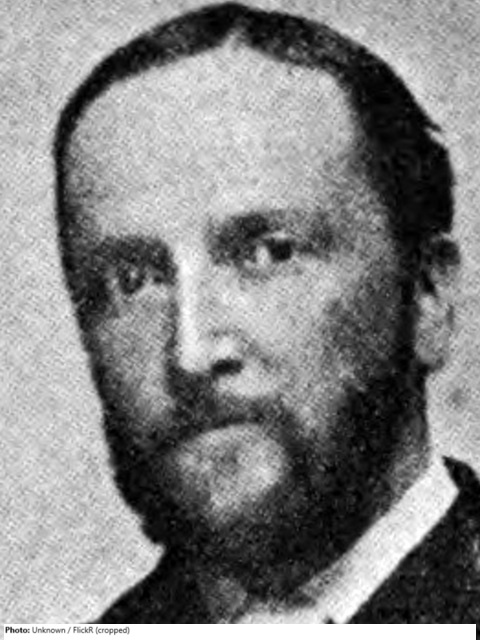In 1875-76 American architect Robert Day Andrews undertook special coursework in architecture at MIT (Massachusetts Institute of Technology) before traveling to Europe. In 1884 he became the senior partner in Andrews & Jacques, which later evolved into Andrews, Jacques & Rantoul in 1890, a Boston-based firm. Andrews, Jaques and Rantoul designed a number of residences, but became best known for the public and commercial buildings they designed in the style of historism throughout the country. In the early 1920s, he opened the office Andrews, Jones, Biscoe & Whitmore, of which Andrews was the main shareholder. He died in 1928, four years prior to the Los Angeles Olympics. The sports hall of Tufts College (now Tufts University), a private university near Boston, was opened in 1932 and named after John Albert Cousens, the president of the college. Andrews, Jones, Biscoe & Whitmore had worked out a plan for the complete campus. Most buildings, like the gymnasium, were characterized by a red brick façade with a white portico. Due to the economic situation, however, only a few of the planned buildings were realized. However, the draft was quoted again and again for extensions by later architects.

 United States
United States USA
USA